Arts in 19th-Centruy Europe
0.0(0)
0.0(0)
Card Sorting
1/19
Earn XP
Description and Tags
Study Analytics
Name | Mastery | Learn | Test | Matching | Spaced |
|---|
No study sessions yet.
20 Terms
1
New cards
Enlightenment Stream
- Based on Empiricism, rhe senses are the only thing that shows us truth
- Painting should only show what the eyes see
- Paintings: Assassination of Monks, The Third of May, 1814, Execution of Emperor Maximilian
- Painting should only show what the eyes see
- Paintings: Assassination of Monks, The Third of May, 1814, Execution of Emperor Maximilian
2
New cards
Enlightenment Stream Arts
Christian Realism, Impressionism, Cubism and Futurism
3
New cards
Christain Realism
Christain Realist painters were a group of painters who wanted to express dignity and importance in simple, everyday life
4
New cards
Jean Francois Millet
A devout catholic who wanted to paint peasants with dignity because most paintings had been of rich people
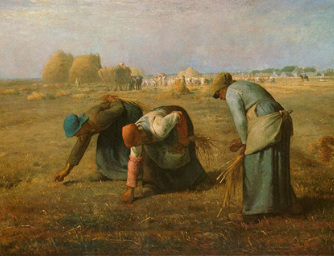
5
New cards
Henry O. Tanner
He was a Christain artist who complained that many of the artists who have represented negro life have seen only the comic, ludicrous side of it. He subverted stereotypes with beautiful moments, like in his paintings, The Banjo Lesson (1893)
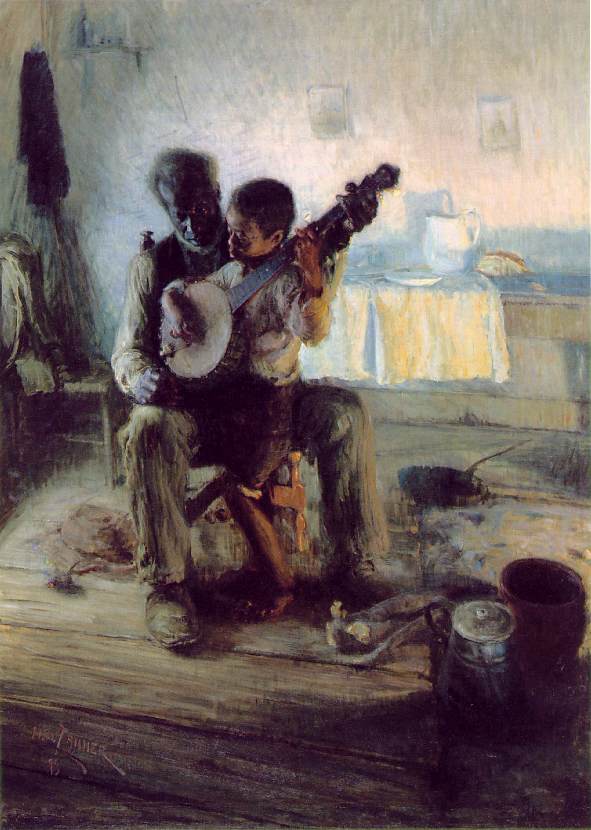
6
New cards
Impressionism
- Practice of painting on the spot
- There was an analytic rationalist force behind the movement
- Impressionists learned about the science of light and optics to better understand vision
- Manet a famous impressionist said when painting, forget whats before you, merely think and hear
- There was an analytic rationalist force behind the movement
- Impressionists learned about the science of light and optics to better understand vision
- Manet a famous impressionist said when painting, forget whats before you, merely think and hear
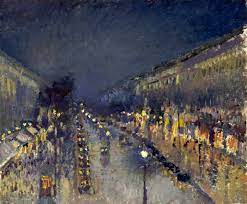
7
New cards
Impressionist Artists
1) Camille Pissaro - The Boulevard Montmarte at Night
2) Edgar Degas - Ballerina and Lady with a fan (1805)
2) Edgar Degas - Ballerina and Lady with a fan (1805)
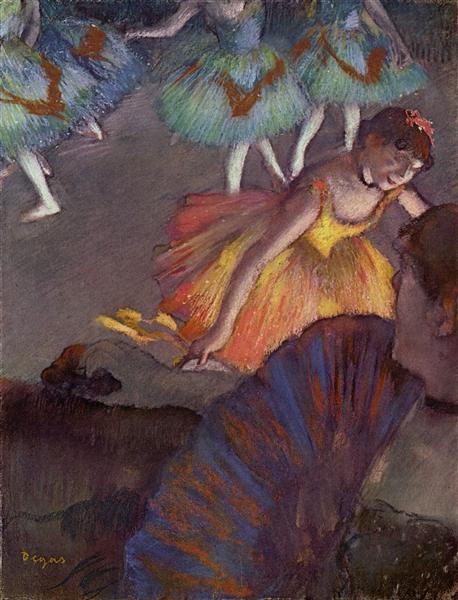
8
New cards
Cubism and Futurism
- rationalism inspired the use of geometric forms
- art wasn't about portraying something realistic but investigating the pure form of the subject
- Futurism: celebrated the new industrial world
- Kasimir Malevich: The Knife Grinder
- art wasn't about portraying something realistic but investigating the pure form of the subject
- Futurism: celebrated the new industrial world
- Kasimir Malevich: The Knife Grinder

9
New cards
Cubism and Futurism Artists
Pablo Picasso, Man with a Guitar (1912)
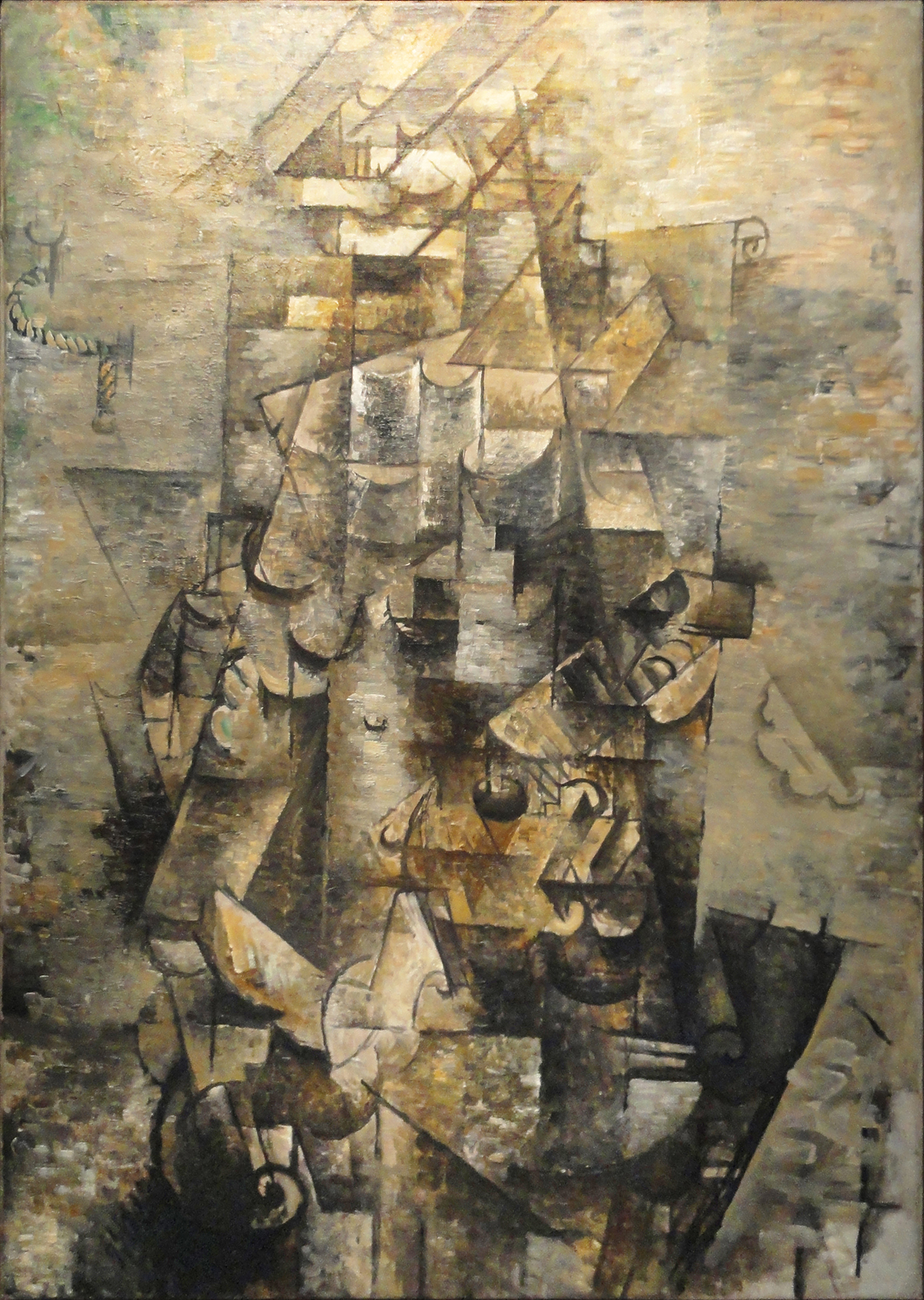
10
New cards
Romantic Stream
Romanticism takes its inspiration from the "upper story" of moral freedom. Art became a means of protest against rationalism
11
New cards
Symbolism
- Symbolist painters would paint what they imagined, things that pointed to a higher spiritual reality
- As opposed to Impressionism, symboism art was made of symbols
- Arnold Bocklin: Isle of the Dead, 1880
- As opposed to Impressionism, symboism art was made of symbols
- Arnold Bocklin: Isle of the Dead, 1880
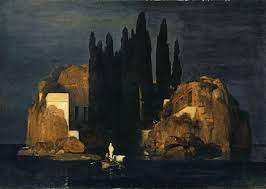
12
New cards
Symbolism Artist
Carlos Schwabe: Death of the Grave Digger, 1895
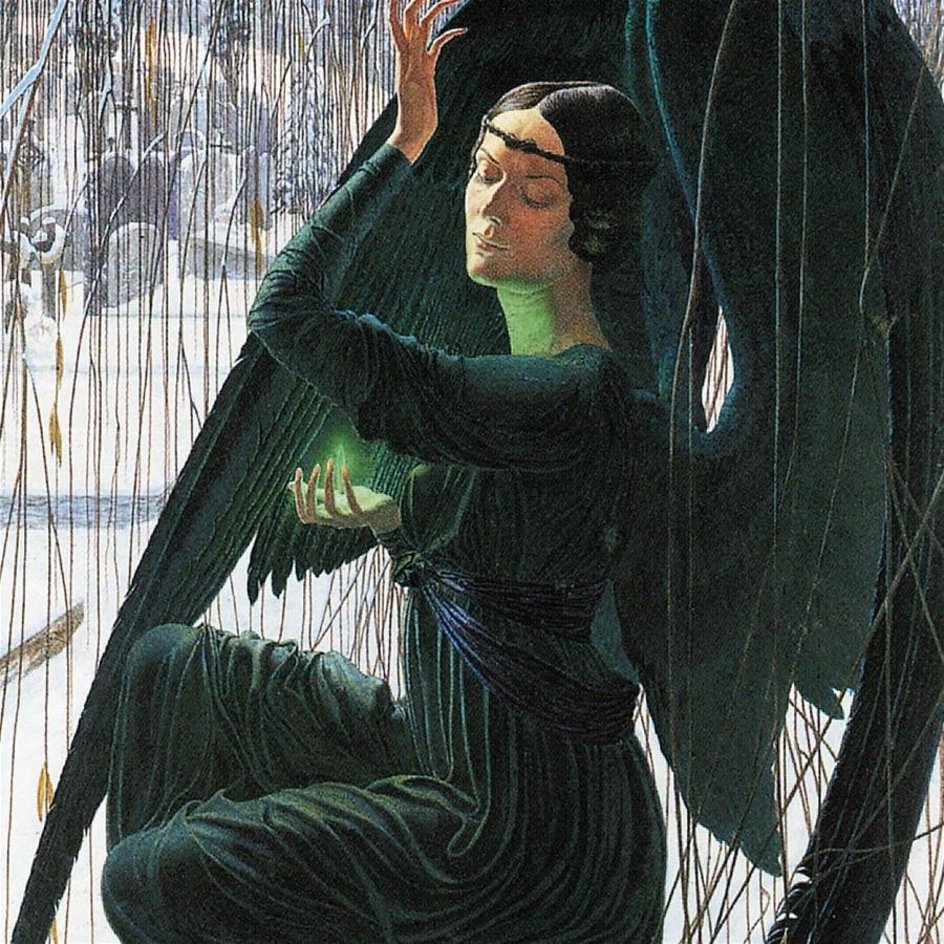
13
New cards
Expressionism
- Focused on capturing feelings and emotions, rather than what the subject looks like
- vivid colors and bold strokes are used to exaggerate those emotions
- the image of reality is distorted to make it expressive of the artists inner feelings
- Vincent Van Gogh: Starry Night, 1889
- vivid colors and bold strokes are used to exaggerate those emotions
- the image of reality is distorted to make it expressive of the artists inner feelings
- Vincent Van Gogh: Starry Night, 1889
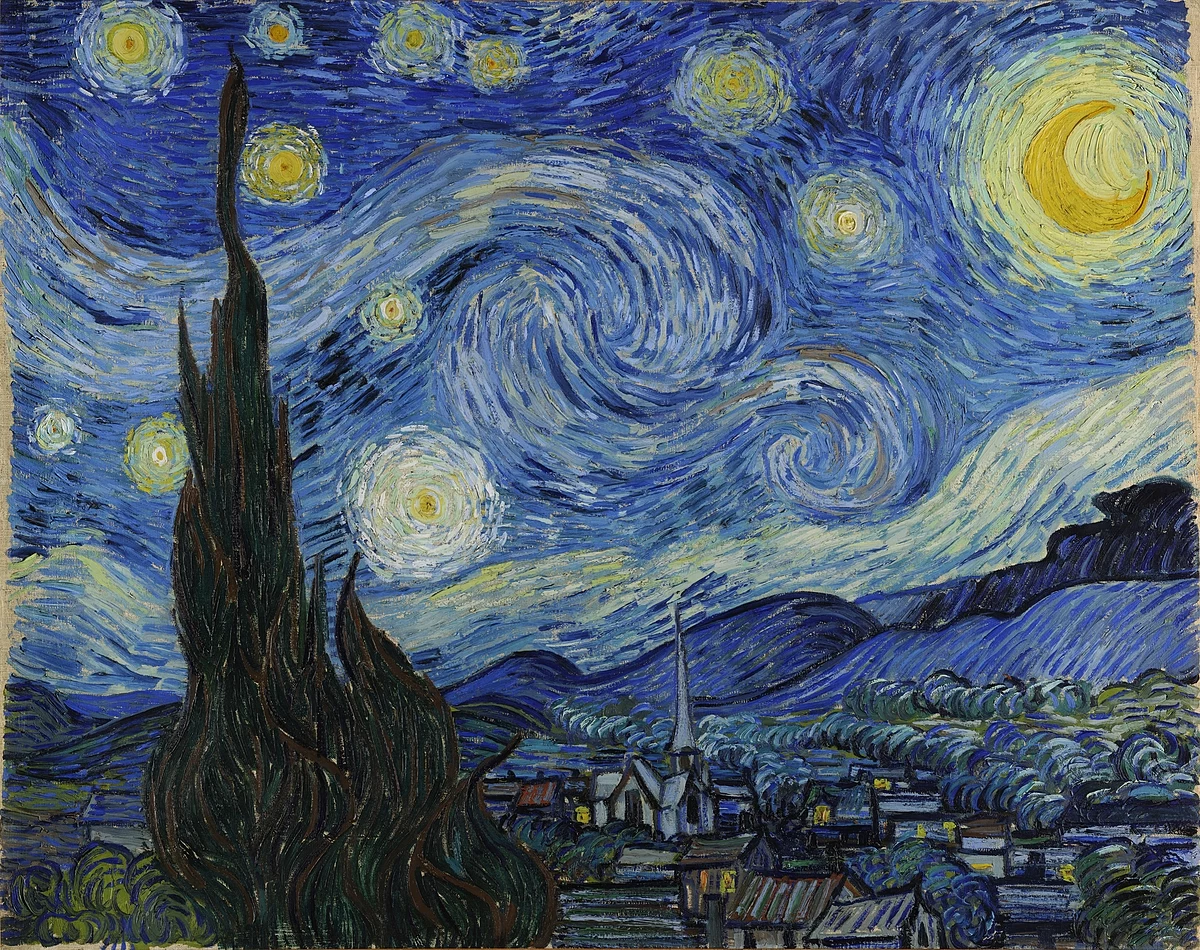
14
New cards
Expressionist Artist
Edvard Munch - The Scream, 1893
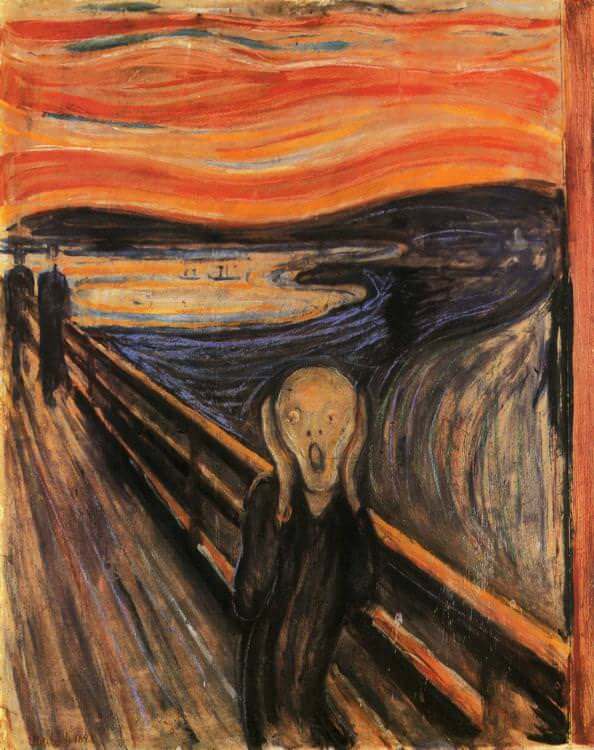
15
New cards
Biomorphic Abstraction
- Organic and abstract things
- Wassily Wadinsky the originator of abstract art
- Wassily Wadinsky the originator of abstract art
16
New cards
Biomoprhic Abstraction artist
Wassily Wadinsky - Improvisation 27 (Garden of Love II), 1927
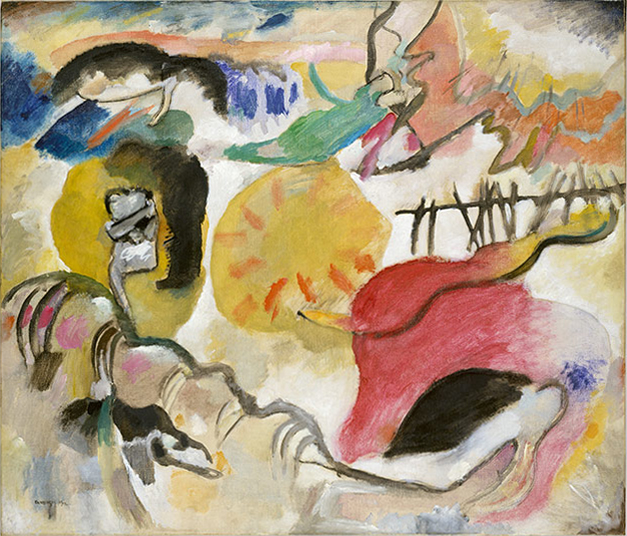
17
New cards
The Noble Savage
- A romantic literary trope where the idea is that civilization corrupts people.
- "The Savage" is a character who embodies the wild human, who has not been corrupted by civilization
- Reflection of romantic/anti-progress ideas
- "The Savage" is a character who embodies the wild human, who has not been corrupted by civilization
- Reflection of romantic/anti-progress ideas
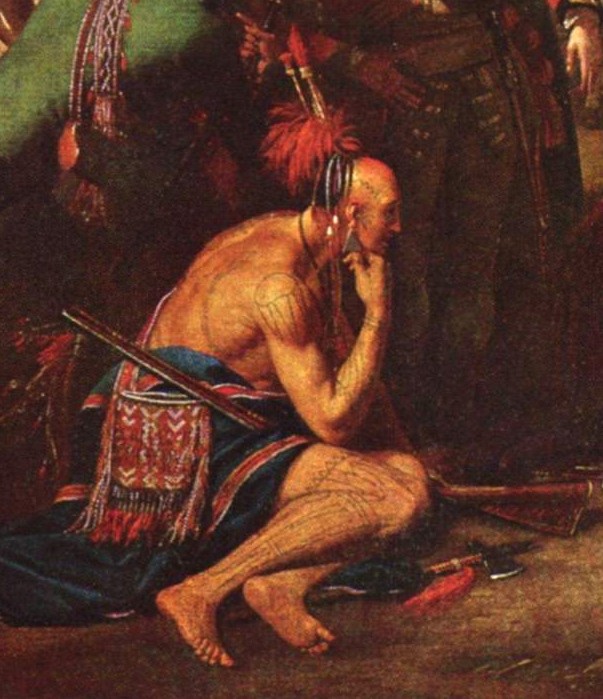
18
New cards
Nationalism in the Arts
- The idea that a state gets its identity from the nation
- In the impressionist period of the 19th c., people began celebratin their folks culture
Impact: Unification of Italy and Germany
- Grimms Fairy Tales became popular and national epics like Beowulf
- There was Italian opera (Veralti)
- people began to find identity in the nation and culture
- In the impressionist period of the 19th c., people began celebratin their folks culture
Impact: Unification of Italy and Germany
- Grimms Fairy Tales became popular and national epics like Beowulf
- There was Italian opera (Veralti)
- people began to find identity in the nation and culture
19
New cards
Unification of Italy
- Italy didn't really have a common culture, each region had its own
- Through "realpolitik" the Sardinian PM managed to rope the rest of Italy into unifying in 1861
- Through "realpolitik" the Sardinian PM managed to rope the rest of Italy into unifying in 1861
20
New cards
Unification of Germany
- German regions in conflict with Austria
- Otto van Bismarck, a Prussian, knew he had to gain control of the smaller German provinces
- Improved Prussian armies
- Bismarck used realpolitik to manipulate the situation
- Protestant north and Catholic south
- After unification, Bismarck had diffuculties with local princes
- Otto van Bismarck, a Prussian, knew he had to gain control of the smaller German provinces
- Improved Prussian armies
- Bismarck used realpolitik to manipulate the situation
- Protestant north and Catholic south
- After unification, Bismarck had diffuculties with local princes
